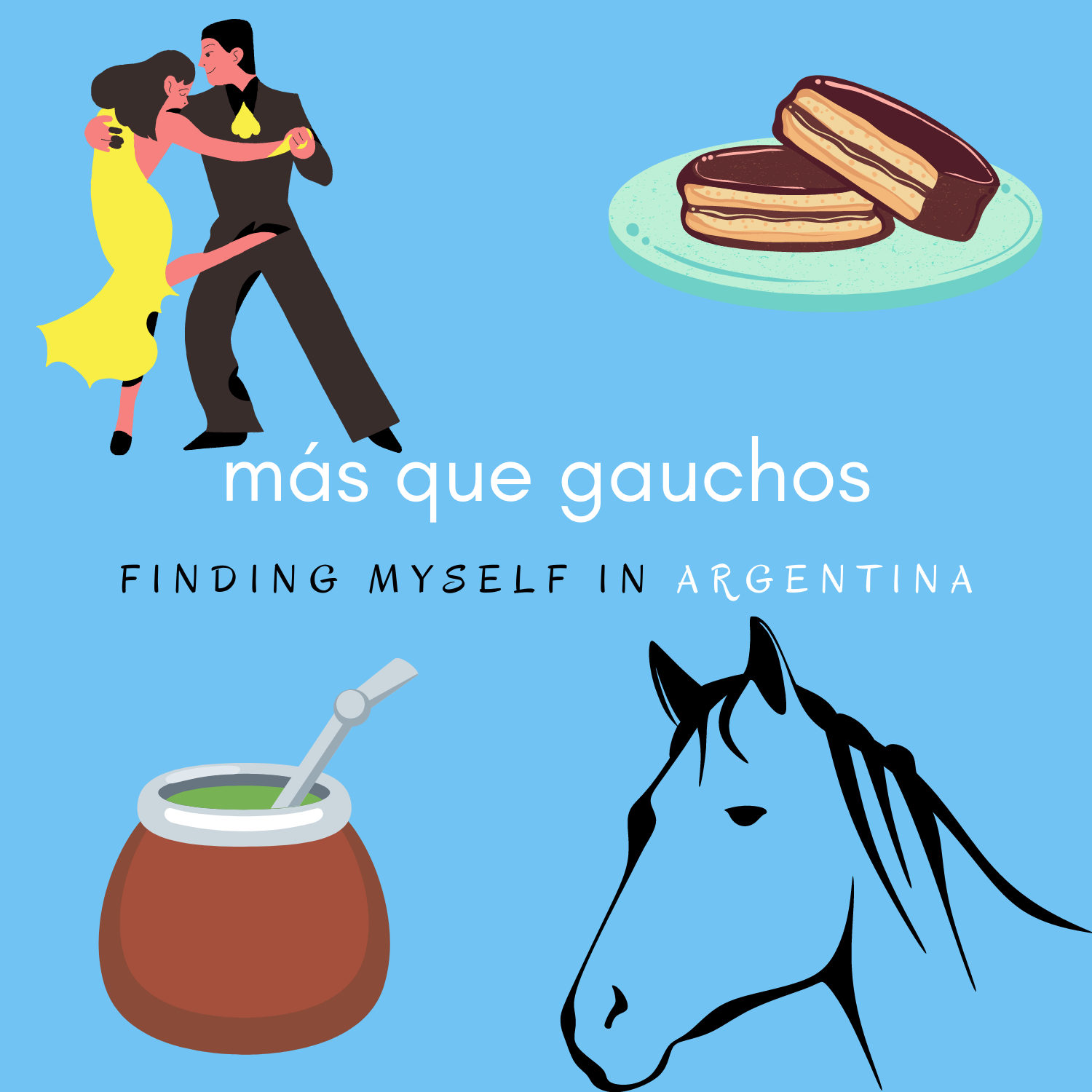
Spanish tips and tricks to help your learning
Here are some Spanish tips and tricks I’ve learned while learning Spanish myself. Some grammar and some pronunciation tips.

Some of these tricks will be more “academic” than others. But I started to notice some patterns that really helped me learn and that I wish I had known from the start.
So here goes.
First Spanish tip: let’s talk about those stem changers. You don’t think there’s a pattern to them, do you? Skip past the next paragraph if you already know what a stem changer is.
For those of you who don’t know what a stem changer is, it’s a verb that also changes the beginning like pedir(e-i), querer(e-ie), colgar(o-ue), jugar(u-ue), adquirir(i-ie) in the yo, tú (not vos), usted, and ustedes forms. Example: Querer:
(yo) quiero, (tú) quieres (vos querés), (él) quiere, (ellos) quieren
How do you know when to stem change? The all-too-common answer is memorize them. But there’s an easier answer. They’re the most common in 2-syllable verbs (comer being a notable exception). E to IE is the most common, O to UE second-most common. E to I only happens in IR verbs. U to UE only exists in jugar. I to IE only happens in adquirir and inquirir.
So if you see a 2-syllable AR/ER verb with an o or an e in its first syallable, it’s very likely an o-ue or an e-ie verb. This is due to where the stress falls. If you see a 2-syllable IR verb with an o, it’s still probably o-ue. But if it’s with an e, it’s less clear whether it’s e-i or e-ie. But as you can see, you only really need to memorize the e-i verbs, jugar, adquirir, oler, and inquirir and the exceptions like comer that aren’t stem changers. Otherwise you can look at a verb and spot the stem-changer. There are much fewer irregulars outside of the present tense so this should be good enough to start.
There are two Spanish tips I have related to pronunciation that I found really useful.
1. Smile. For real. Spanish is a much more open language than English. If you’re saying hola with a closed mouth, you’re doing it wrong. As one person said who I talked to on the train: Spanish is a language of happiness and emotions. You should be smiling when you say alegría. I mean just check out that video I linked. She smiles from the beginning to the end of alegría. This also naturally sets your tongue a bit further back in your mouth which brings me to:
2. The Spanish L is not the English L. The English L is towards the teeth. Smile, tough the tip of your tongue to the top of your mouth. It should be just behind the ridge behind your teeth. That is where the Spanish L is. It’s very difficult to say some Spanish words without this L. Using the English L is one of the biggest tells that you’re a native English speaker. Now to my final Spanish tips:
Don’t be afraid to make mistakes. The only way you make progress is by use. Too afraid to use means too afraid to improve. Find language partners. You can get these by taking classes on whatever you’re interested in.
Listen for the use of the subjunctive by native speakers (when you chage ar endings to er endings and er/ir endings to ar endings and the se/ra endings). It’s less doubt (what I was taught) and more conditional, requests, and opinion. When something happens, I’ll… (cuando algo pase, voy a…) or If this were true, I would be rich… (si fuera cierto, sería rica…) I hope you get better (espero que te mejores). I like that you like me. (me gusta que te guste).
I think this covers the tips I wish I had known earlier. Hope this helps 🙂

0 Comments